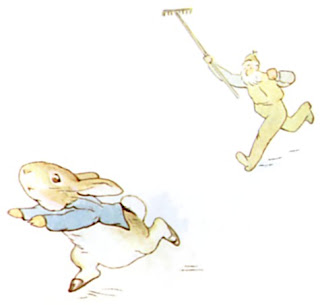People and Places and Things
In his book The Hare with Amber Eyes: A Family’s Century of Art and Loss, Edmund de Waal tells the story of 264 small Japanese figurines called netsuke that generations of his family collected, displayed, lost and found. Made of ivory or wood, these tiny carvings of people or animals are delicate but strong. A cooper making his wheel. A rat with a curved tail. A hare with amber eyes. If you carry one around in your pocket, it “migrates and almost disappears amongst your keys and change. You simply forget it is there.”
The netsuke are by no means the most valuable artifacts the Ephrussi family possesses, and when the Nazis storm their Vienna home in April of 1938, a loyal maid with an ample apron manages to smuggle the statues out of the house. Everything else — the paintings, silver, porcelain, jewelry, an entire library of cherished incunabula — “the accumulation of all the diligence of the family, a hundred years of possessions” — was taken.
I’ve read other accounts of the Holocaust. This one moved me more than almost any other. The objects people touch and cherish are the keenest and saddest reminders of their absence.
After the war, the maid, Anna, gives the netsuke back to the family, and de Waal eventually inherits them. He treasures the figurines, but he also finds them an affront. “Why should they have got through this war in a hiding place, when so many hidden people did not? I can’t make people and places and things fit together any more.”
This book is not only about people and places and things; it’s also about love and loss and endurance.
(I cherish our old cuckoo clock, and — even though my family disparages me for it —the worn wallpaper, too.)



